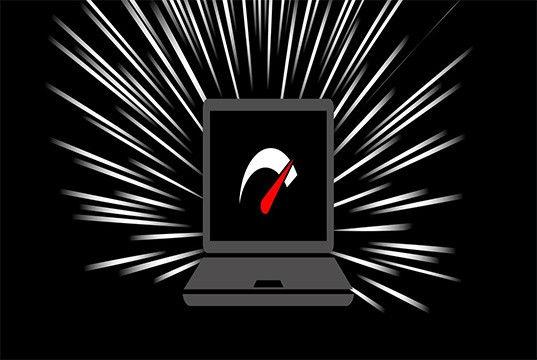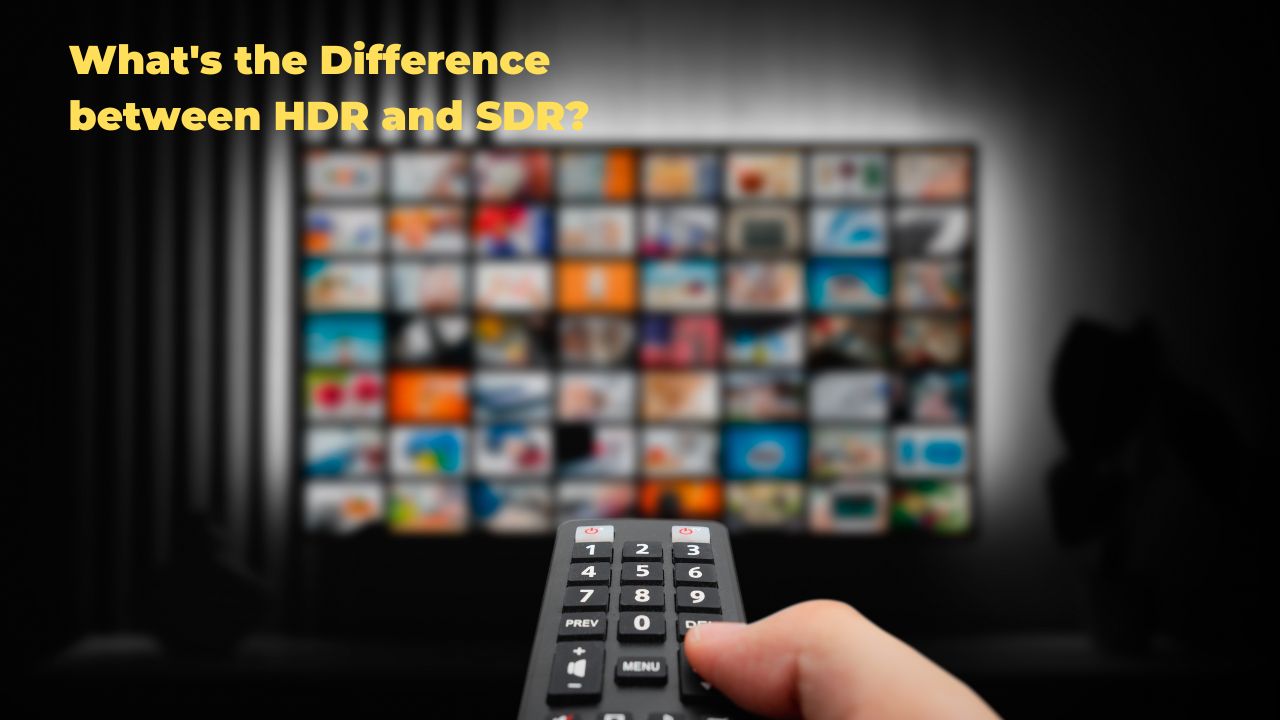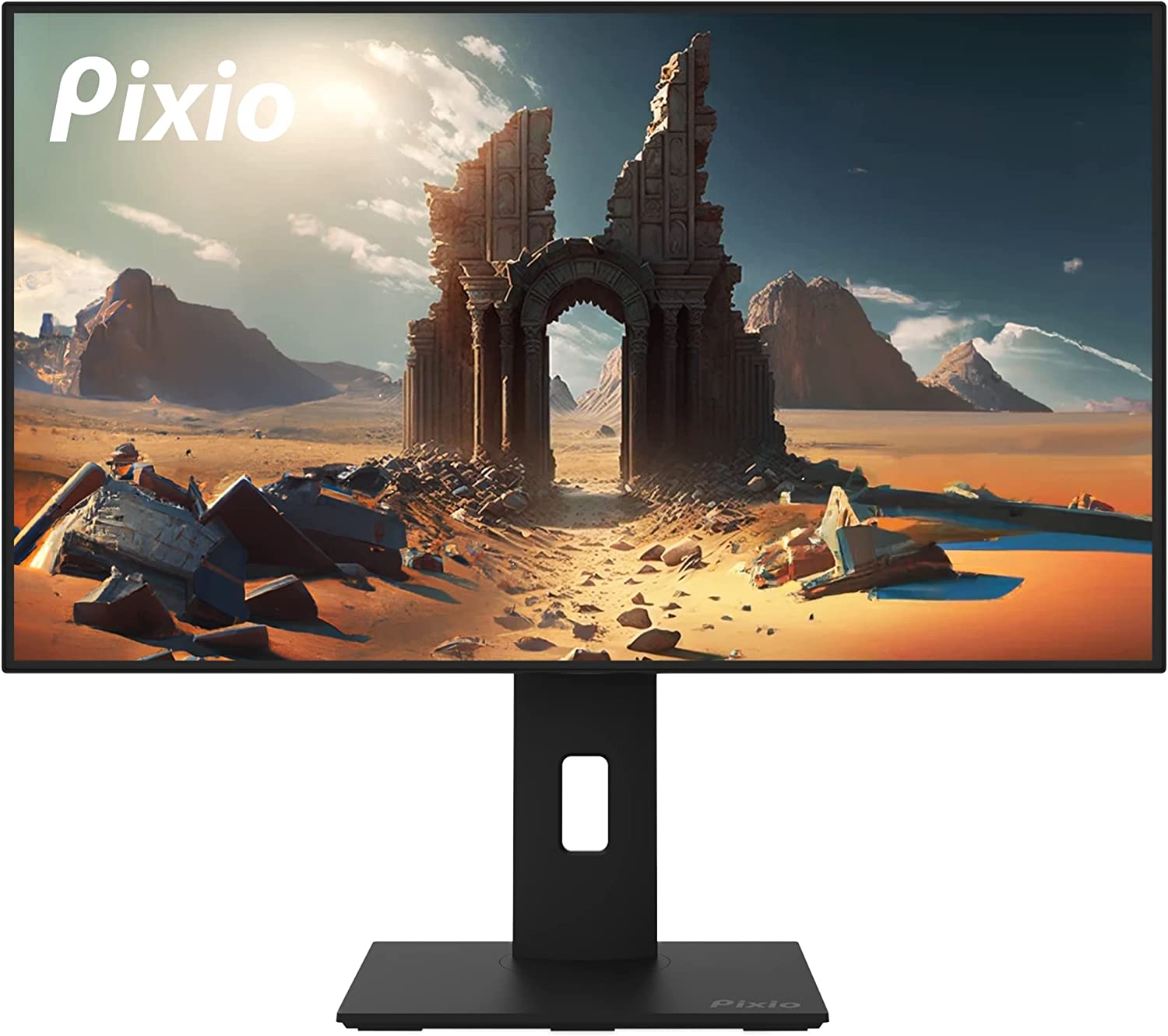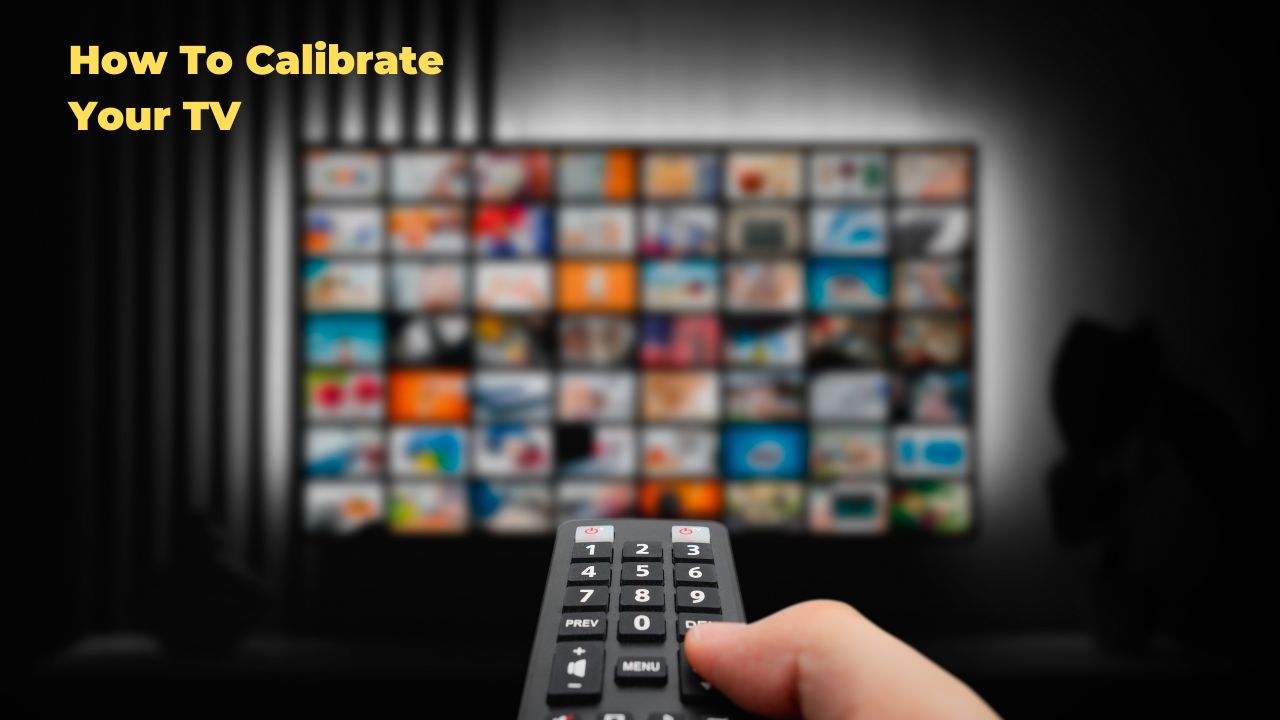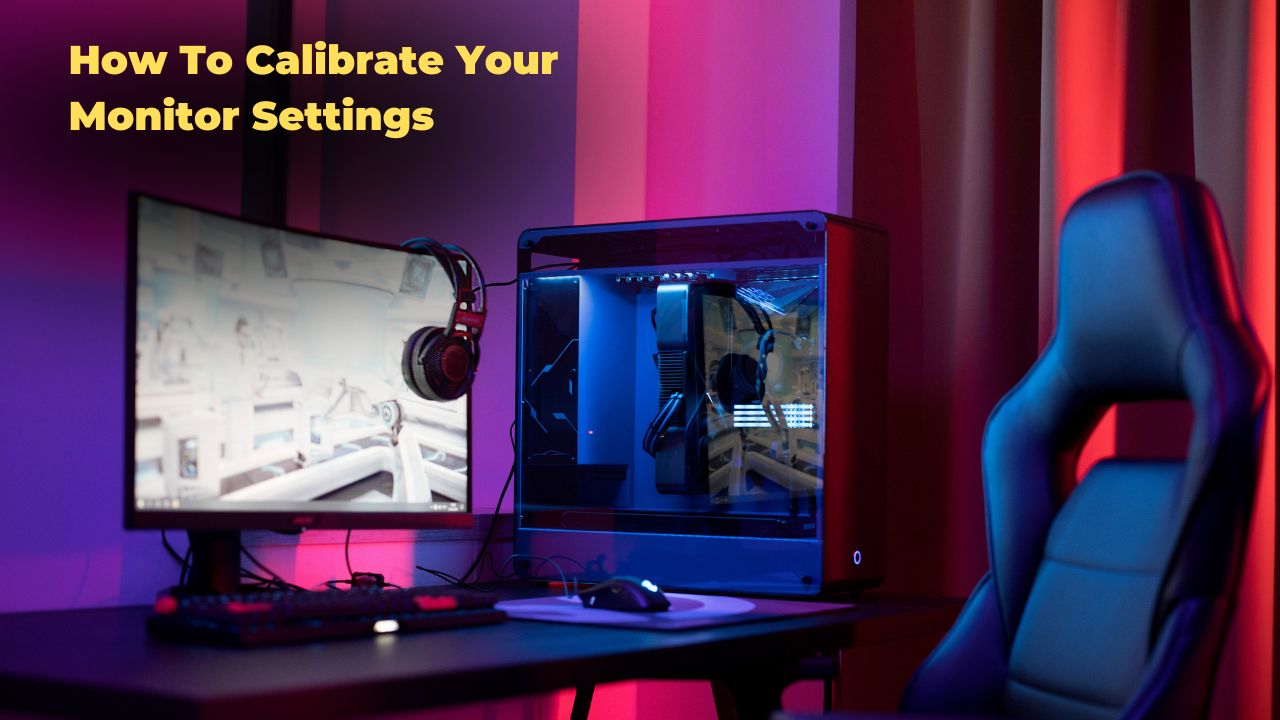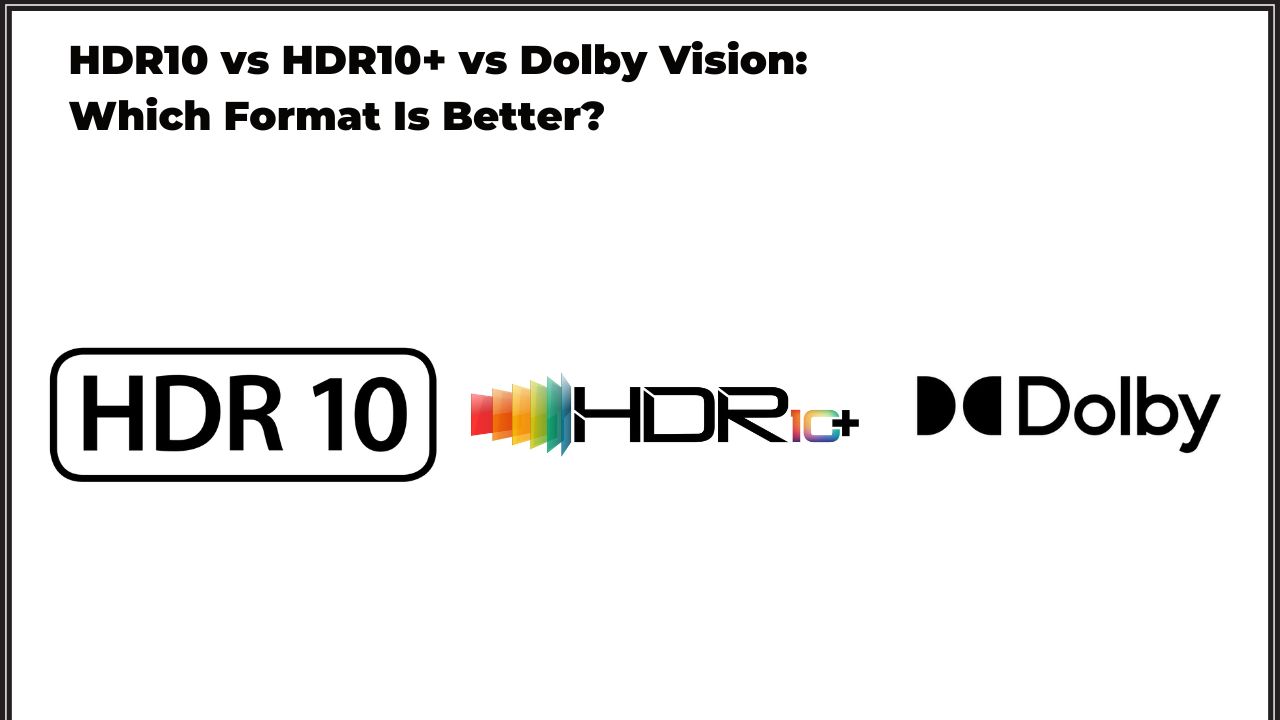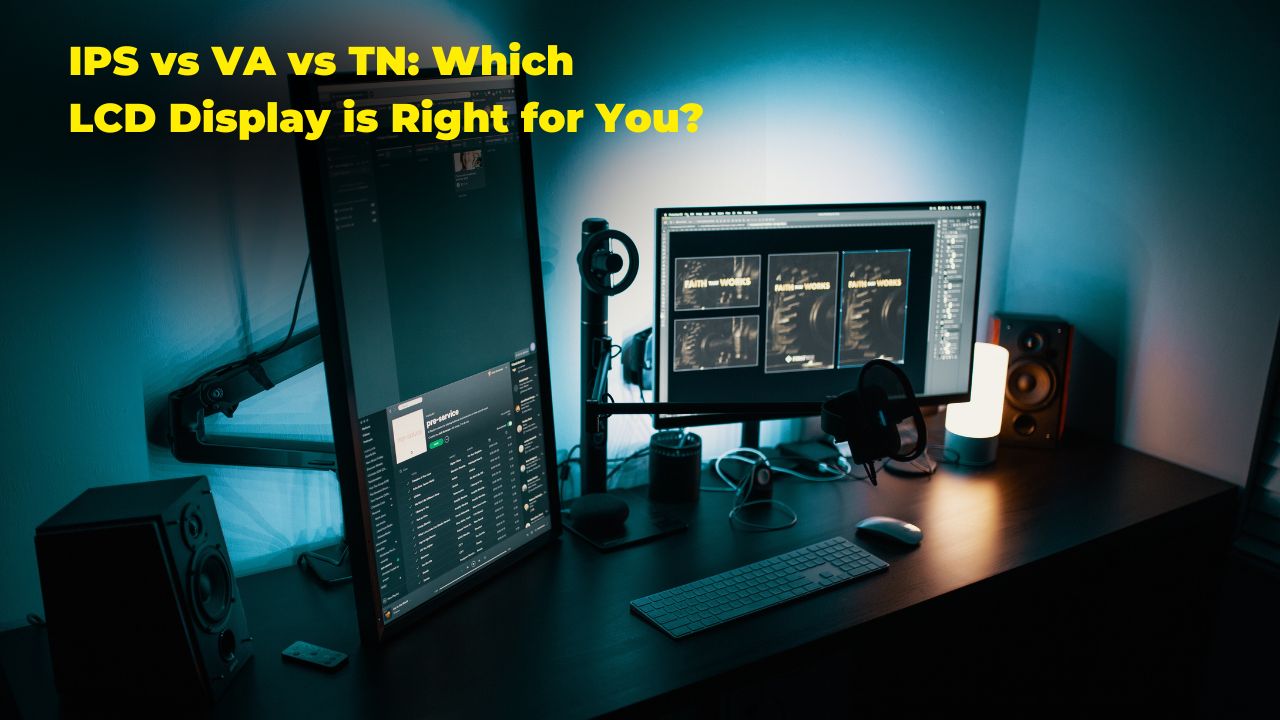What Is The Response Time?
The response time of a monitor is the time it takes for a pixel to change from one color to another, and back again. It is measured in milliseconds, and is affected by the type of panel used, the backlight, and other factors.
A monitor’s response time is important because it determines how well the image on the screen will keep up with the action. A lower response time means that the image will change colors more quickly, and will be less likely to leave “ghost” images behind.
However, response time is not the only factor that determines how well a monitor can display fast-moving images. The refresh rate is also important. The refresh rate is the number of times per second that the image on the screen is refreshed. A higher refresh rate means that the image will be smoother and less likely to “tear.”
When choosing a monitor, it is important to consider both the response time and the refresh rate. A monitor with a low response time and a high refresh rate will provide the best image quality for fast-moving images.
Response Time For Different Panel Types
When it comes to panels, there are three main types that are most commonly used: IPS, TN, and VA. Each one has its own advantages and disadvantages, but what most people don’t realise is that each one also has a different response time.
TN panels have the fastest response time of the three, making them the best choice for gamers who need to react quickly to what’s happening on-screen. IPS panels have a slower response time, but they offer much better image quality. VA panels have the slowest response time of the three, but they offer the best contrast ratios.
So, what does this all mean? Well, let’s take a closer look at the response times of each panel type to see how they compare.
- TN panels have a response time of around 1-5ms. This means that they can refresh the image on-screen much faster than either IPS or VA panels. This comes in handy for gamers who need to react quickly to what’s happening on-screen, as there is less lag between the action and the image on-screen.
- IPS panels have a response time of around 5-8ms. This means that there is a slight delay between the action and the image on-screen, but the image quality is much better. This is the ideal choice for gamers who care about image quality more than reaction time.
- VA panels have the slowest response time of the three, at around 8-12ms. This means that there is a significant delay between the action and the image on-screen, but the contrast ratio is much better. This is the ideal choice for gamers who care about contrast ratio more than either reaction time or image quality.
TN panels are the best choice for gamers who need to react quickly, IPS panels offer the best image quality, and VA panels offer the best contrast ratio.
Response Time 120hz
A 120hz panel will offer a much smoother image than a standard 60hz panel. This is because a 120hz panel refreshes the image on the screen twice as fast as a 60hz panel. This means that there will be less motion blur and your games will look and feel more responsive.
However, a 120hz panel is not always better than a 60hz panel. Here are some things to consider before you decide to upgrade to a 120hz panel.
- Resolution: A higher resolution will always look better than a lower resolution, regardless of the refresh rate. So, if you are looking to upgrade your gaming experience, you should first consider upgrading your resolution.
- Graphics Settings: If you are playing on a lower graphics setting, you may not be able to take advantage of a 120hz panel. This is because most games are not optimised to run at 120fps on high settings. So, if you are playing on a lower graphics setting, you may not see much of a difference between a 60hz and 120hz panel.
- Cost: 120hz panels are generally more expensive than 60hz panels. So, if you are on a budget, you may want to stick with
- Games: Not all games are optimised for 120hz. So, before you upgrade to a 120hz panel, make sure that your favourite games will run at 120fps.
- Monitor Size: A smaller monitor will offer a higher refresh rate than a larger monitor. This is because the bigger the monitor, the more pixels there are to refresh. So, if you are looking for a 120hz panel, you should consider a smaller monitor.
- Response Time: Response time is the time it takes for a pixel to change from one colour to another. A lower response time will offer better image quality and a smoother gaming experience. So, if you are looking for a 120hz panel, you should also consider a lower response time.
- Input Lag: Input lag is the time it takes for your input to be displayed on the screen. A lower input lag will offer a more responsive gaming experience. So, if you are looking for a 120hz panel, you should also consider a lower input lag.
A 120hz panel is not always better than a 60hz panel. You should consider your resolution, graphics settings, budget, and favourite games before you decide to upgrade.
Response Time 60hz
When it comes to choosing a monitor, one of the most important factors to look for is the response time. A good response time is important for gamers and other computer users who need fast refresh rates.
When choosing a monitor, it is important to consider the response time. monitors with a response time of 60hz are a good choice for most people.
However, response time is not the only factor to consider when choosing a monitor. Other important factors include the refresh rate, the panel type, and the resolution.


